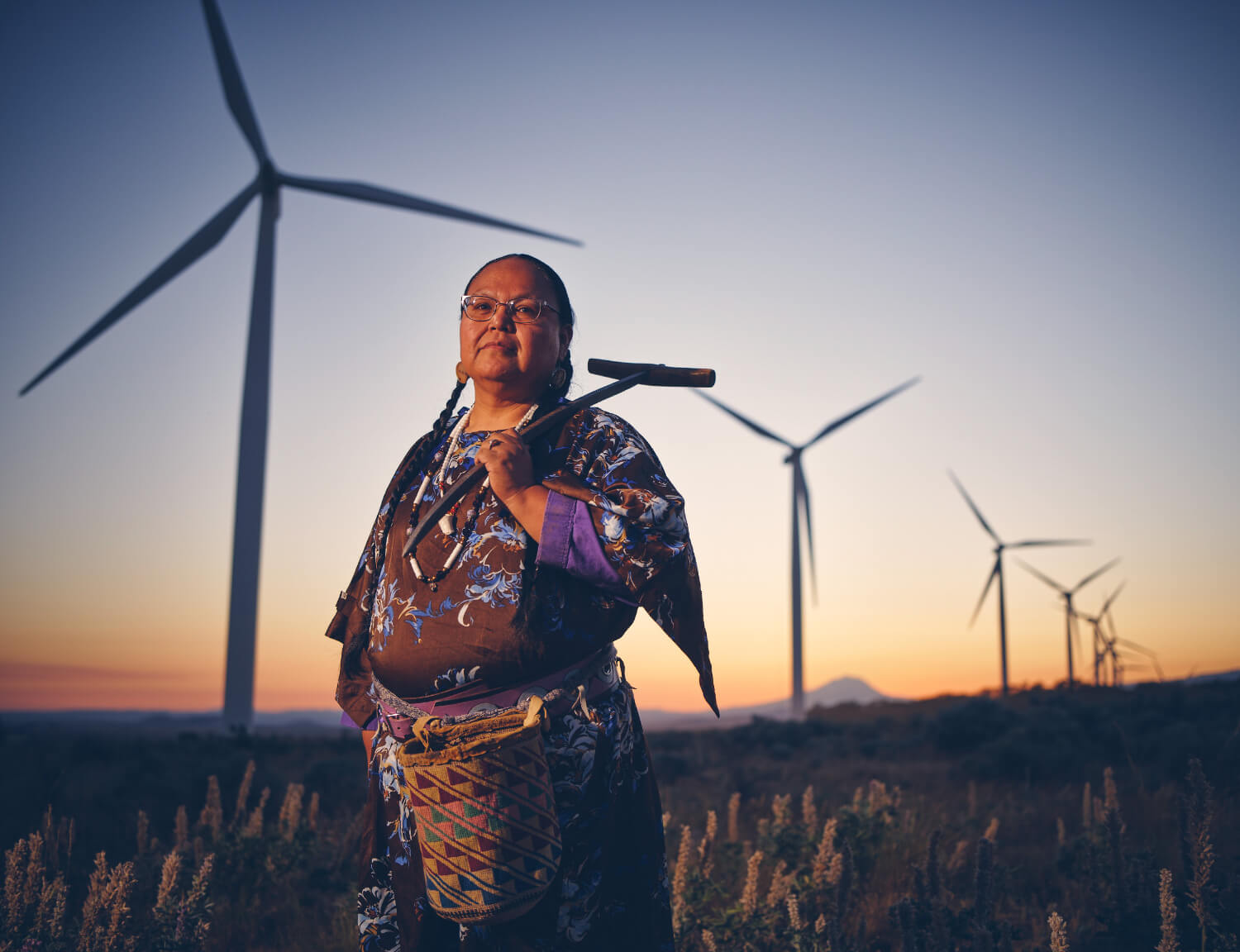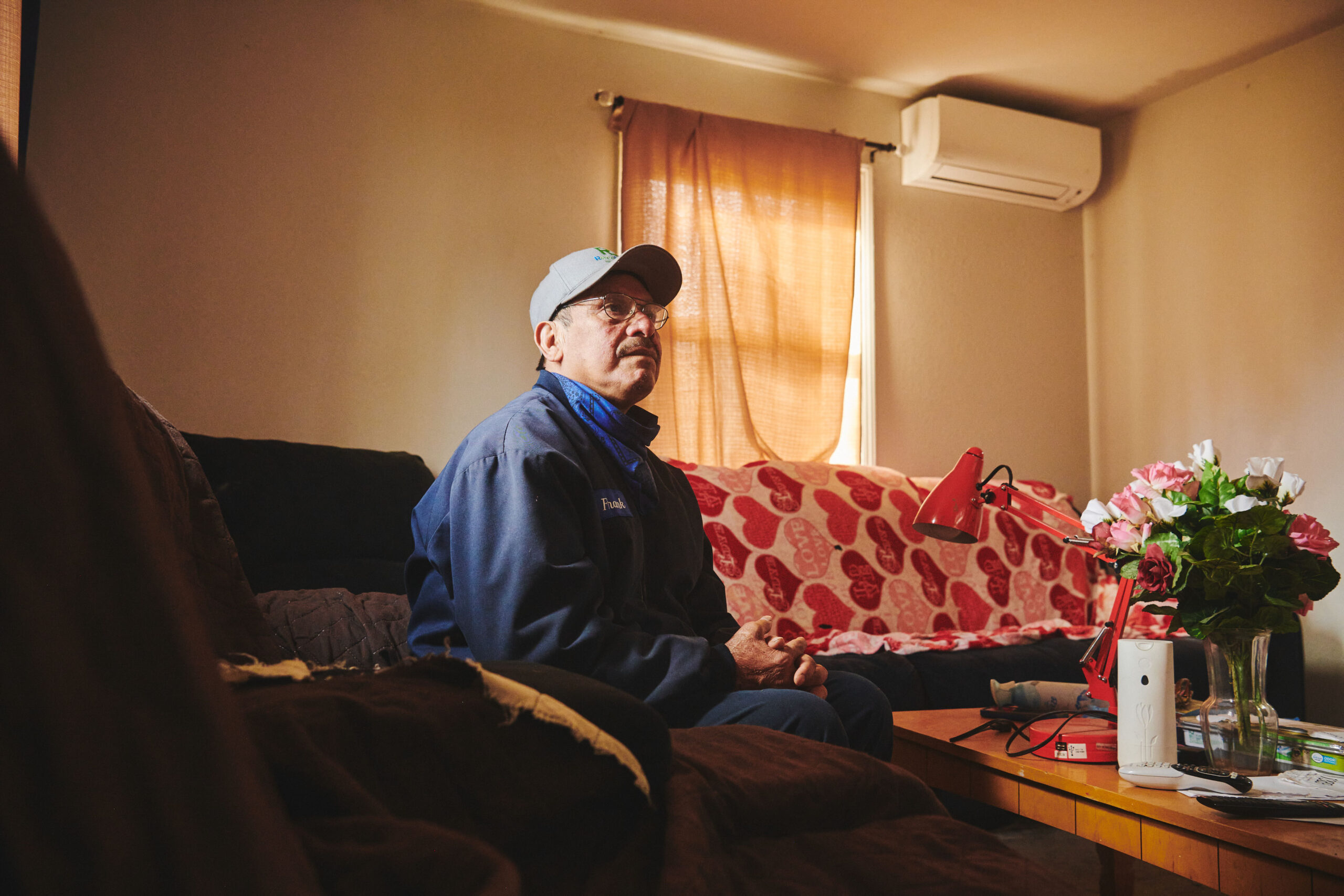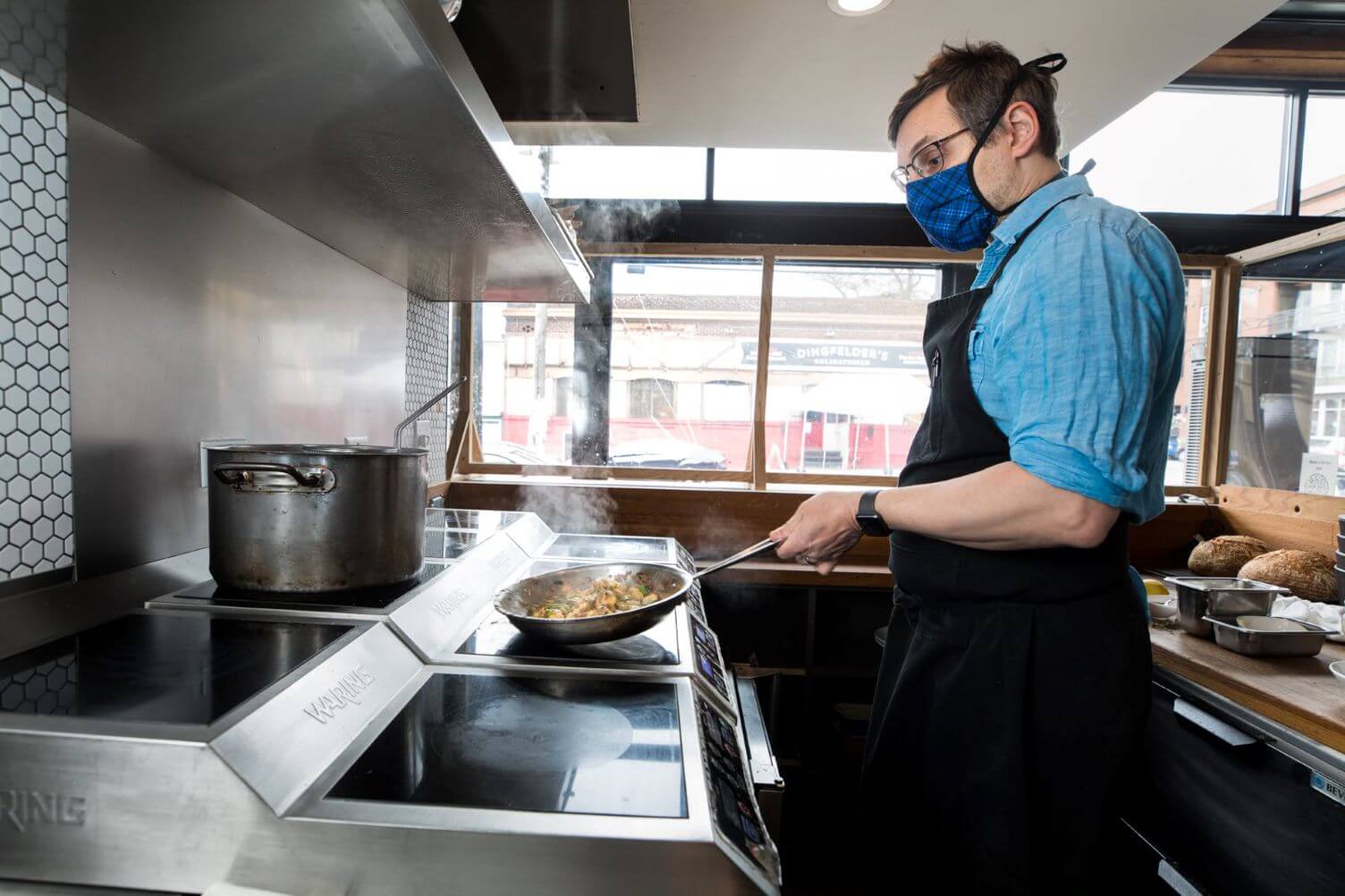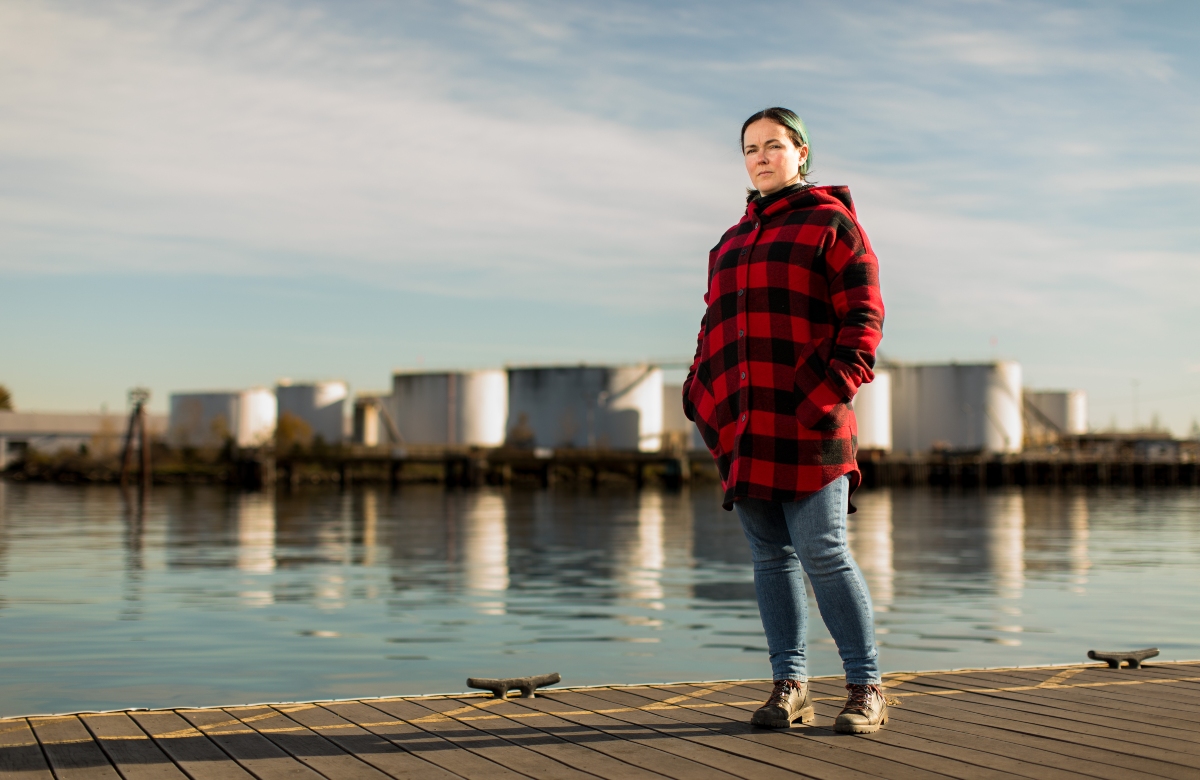InvestigateWest asked several dozen activists, experts, government officials, and business and labor leaders what can be done in 2022 to accelerate decarbonization in Washington, Oregon and British Columbia. Answers ranged from the ultra-broad — e.g., “Get involved in climate action to send a message and combat climate anxiety” — to the hyper-specific — “End rate increases for B.C. households that buy electric cars or install heat pumps.” We selected 25 achievable and measurable actions that can help ensure that Cascadia cuts emissions in half by 2030.
BIG PICTURE
Governments can treat climate change as a crisis by staffing up and accelerating rulemaking to implement new laws and policies ASAP, as with Washington’s speedy 18-month rollout of its carbon cap and trade program.
Agencies and utilities can factor the cost of climate inaction into all regulatory and investment decisions by adding a social cost of carbon for any resulting carbon emissions. For long term planning in British Columbia they can add a higher cost: the C$170/ton fee for carbon emissions anticipated in 2030.
Governments can acknowledge through executive orders, resolutions or new statutes that climate change threatens constitutionally protected rights to life, liberty, property and equality, thus bolstering efforts by environmental litigants to hold industries and governments accountable for carbon pollution.
Oregon’s Department of Environmental Quality can set the state’s 2030 carbon cap at 50% of 1990 emissions, matching the scale and pace of reductions that climate scientists advise. Oregon’s overall goal is to cut emissions 45% from 1990 levels by 2035.
British Columbia’s Ministry of Environment and Climate Change Strategy can include emissions from all power consumption — including imports — in its 2022 greenhouse gas inventory.
Washington’s Legislature can re-pass provisions vetoed by Gov. Jay Inslee this year that would require enhanced consultation with Tribes for energy projects on their traditional territories, recognizing the disproportionate harm they continue to suffer from hydropower dams and other energy developments.

Standing before a row of the more than 2,900 industrial-scale wind turbines that tap the Columbia River Gorge’s powerful gales, Elaine Harvey poses for a portrait holding a ka’pin, a traditional tool for digging edible and medicinal roots. The turbines supply low-carbon electricity, but Harvey says they’ve also brought fences and ‘no trespassing’ signs to her band’s traditional lands. Only one landowner in the area allows her band to gather traditional foods for ceremonial and subsistence purposes. (Leah Nash/InvestigateWest)
RENEWABLE ENERGY
Utilities regulators can require the inclusion of cost-effective solar energy installations on flat commercial rooftops, over parking lots and along highways in utility investment plans.
Government siting bodies and public lands agencies can fast-track evaluation of new and expanded transmission lines to tap more low-cost, high-reliability wind power from Rocky Mountain states and Alberta.
Government leaders, utilities and regulators can help Western power grid operation by pushing to complete multistate negotiations for an opt-in market for day-ahead power trading, organized by California’s transmission operator, as well as an enhanced backup power-sharing system organized by the Northwest Power Pool, a voluntary association of utilities.
Utilities commissions can require blending of hydrogen into natural gas pipelines — as European gas utilities do — to ease delivery of zero-carbon hydrogen fuel made with renewable electricity to industries and heavy vehicles.
Utilities commissions in Washington and Oregon can require gas distributors to cut natural gas use by increasing use of methane captured from rotting vegetation, animal waste and landfills. Capturing and burning methane slashes by 80 times the warming it can cause over the first 20 years after its release into Earth’s atmosphere. British Columbia requires gas firms to deliver 15% renewable fuel by 2030.
TRANSPORTATION
State and provincial transportation agencies can set guidelines for spending infrastructure dollars — including billions in new U.S. federal funds — that exclude highway expansion, and legislatures can forgo earmarking highway expansion.
City and regional governments can adopt Corvallis, Oregon’s zero-fare transit model to enhance mobility while reducing driving.
Washington and Oregon regulators can adopt British Columbia’s BC’s faster vision for zero-emissions cars, which mandates 90% clean-car sales by 2030, while boosting efforts to ensure cleaner cars are affordable for all.
The states and province can tap federal broadband funding — $65 billion in the U.S. infrastructure package and Canada’s C$2.7 billion set-aside — to expand access to virtual meetings and classes, cut driving, and boost rural economies.
City and regional governments can stem growing carbon pollution from aviation by limiting airport expansion and publicly tracking aviation emissions in local greenhouse gas inventories, including all fuel pumped at airports and extra warming caused by jet contrails.

Francisco Ramos watches soccer at his home in the Cully neighborhood of Northeast Portland in a room heated and cooled by a heat pump (top right). Until recently, he relied on three space heaters that used so much electricity that they regularly tripped his home’s breakers. (Leah Nash/InvestigateWest)
BUILDINGS
Utilities regulators and the Bonneville Power Administration can make all homes and businesses eligible for rebates on high-efficiency electric appliances — including those with gas furnaces — and Washington and Oregon can end utility incentives to install gas appliances.
Governments at all levels can strengthen building codes to require electric appliances and heat pumps instead of gas-burning equipment in all new construction.
British Columbia’s Utilities Commission can exempt households that add heat pumps or electric cars from paying premium rates triggered by higher electricity consumption — an unintended disincentive to using cleaner energy.
Washington and British Columbia can end single-family zoning in urban areas, as Oregon did in 2019 and California did this year, to create denser communities with more housing that are less car-dependent.
Legislators can change forestry codes to promote thinning and less frequent harvests, thus reducing fire risk, increasing lumber yields and maximizing carbon storage.
FOSSIL FUEL CONTROLS
More local governments can pass bans on new and expanded fossil fuel operations such as refineries and liquefied natural gas plants.
Politicians and parties can swear off money from oil, gas and coal companies, lobbyists, and executives, reducing their outsized influence on U.S. and Canadian politics.
The state attorneys general and provincial solicitor general can launch or expand legal challenges against fossil fuel companies for actions they have taken to cause the climate crisis and to prevent timely climate action.
The British Columbia government can end growing subsidies for natural gas drilling in the province’s northeast, Cascadia’s hotspot for fossil fuel extraction.
SOURCES: InvestigateWest analysis, with input from experts, activists and officials, including Andrea Rodgers, Angus Duncan, Anna Lising, Blake Shaffer, Dan Woynillowicz, Deric Gruen, Diane Brandt, Doug Smith, Eileen V. Quigley, Gregg Small, Jay Inslee, John Horgan, Josh Jacobs, KC Golden, Kjellen Belcher, Lloyd Lee, Maria Pope, Mark Lenssen, Meredith Connolly, Merran Smith, Nora Apter, Patrick Mazza, Scott Bolton and Spencer Gray. InvestigateWest sought input from others from industry, government, academia, labor and activism who did not respond.
FEATURED IMAGE: Executive chef Stuart Lane preparing cavatelli con asparagi — pasta with asparagus and spring onions — on the induction “burners” at Seattle’s Artusi wine-bar. The electric stovetops induce a magnetic field to heat the pans, making them quick and controllable. But, unlike gas burners, they produce no air pollution. (Dan DeLong/InvestigateWest)






